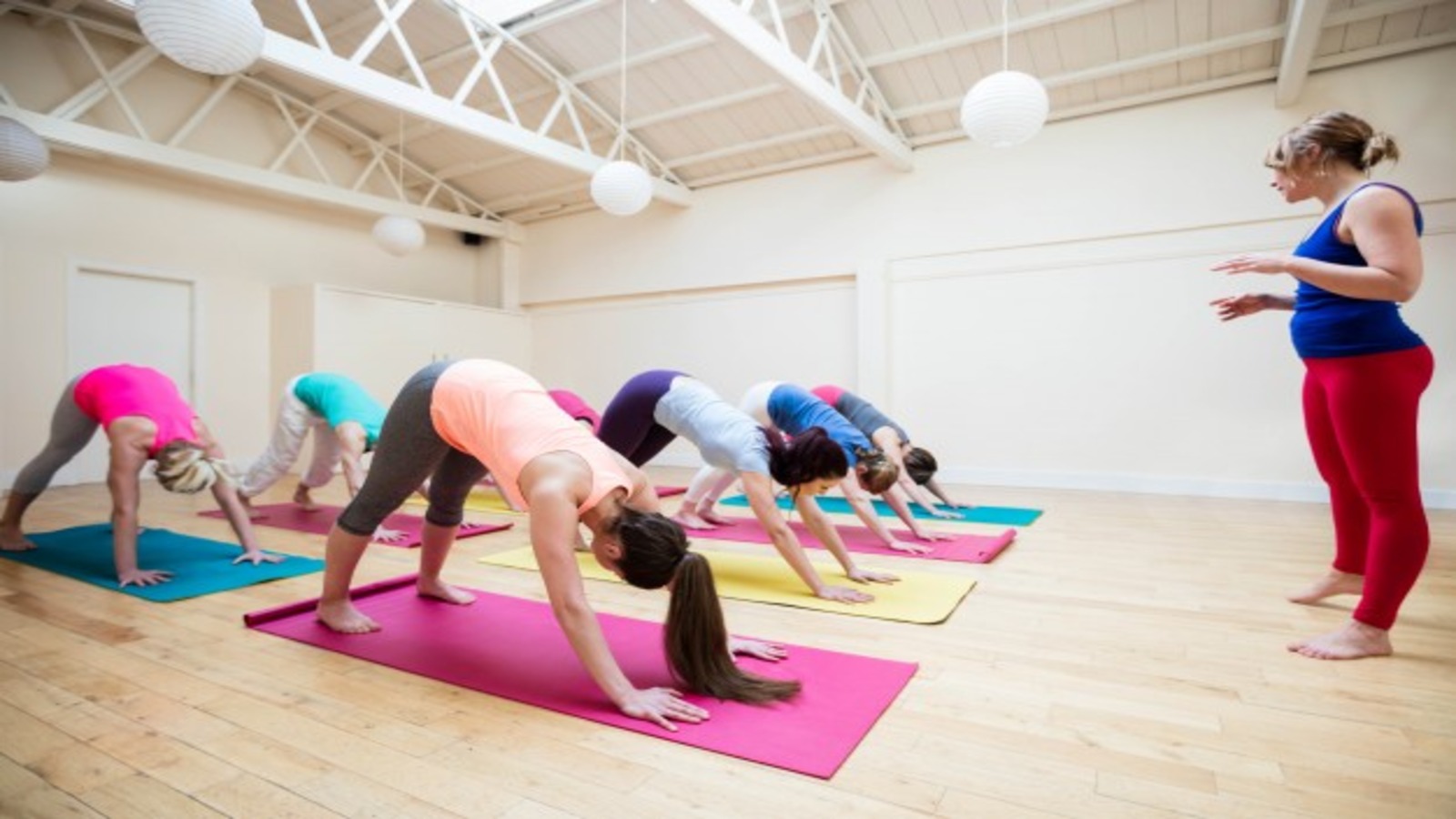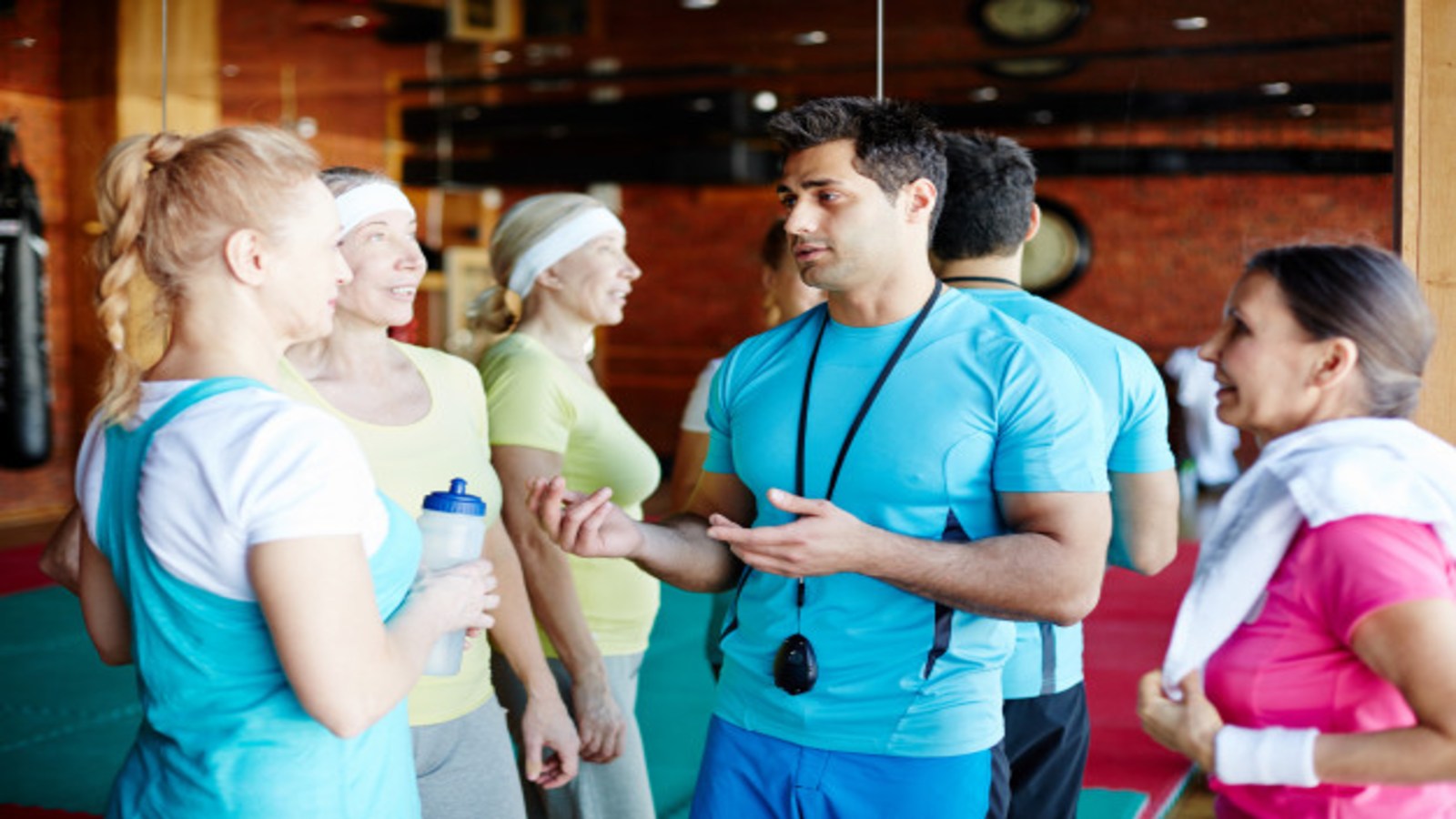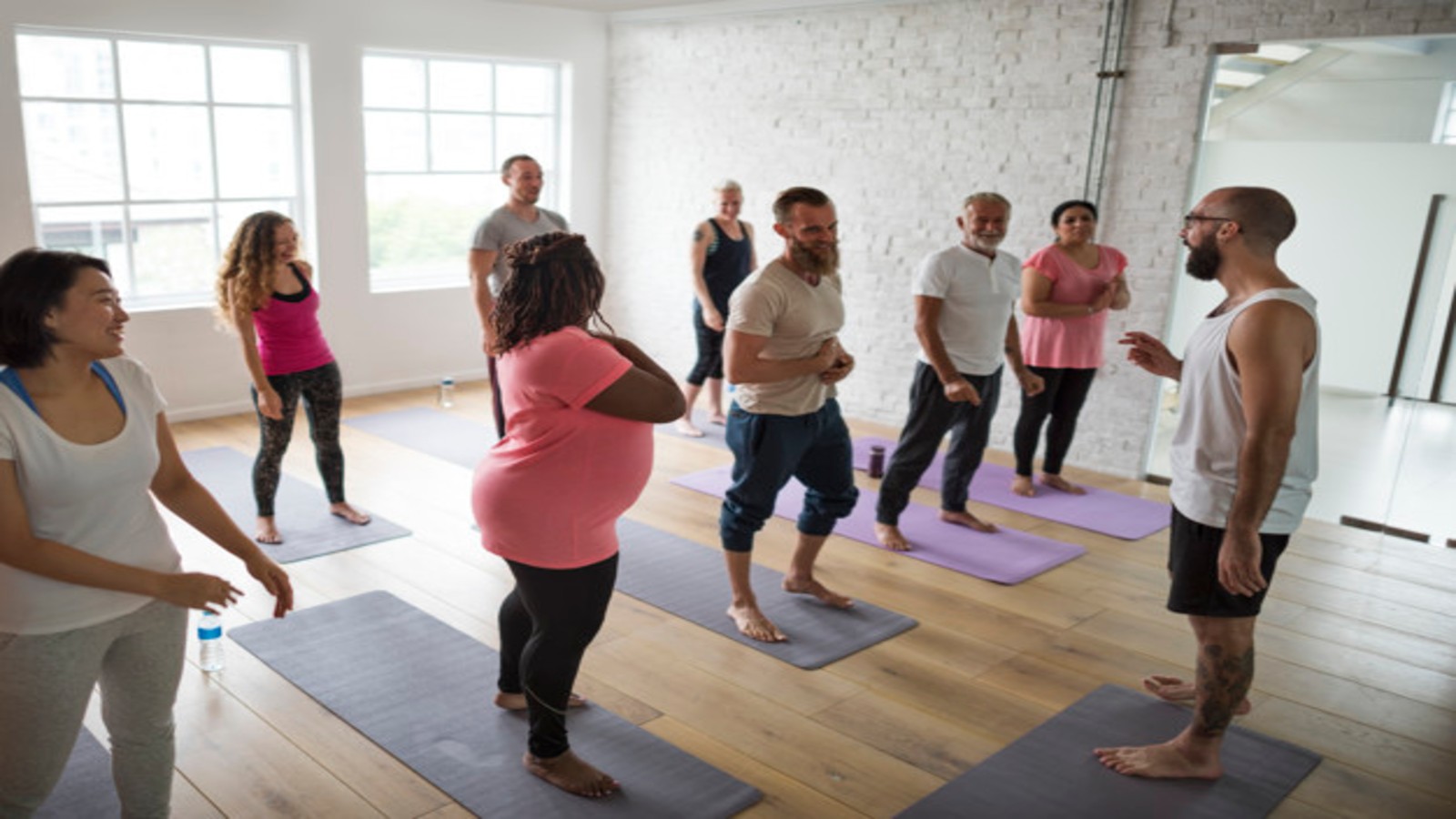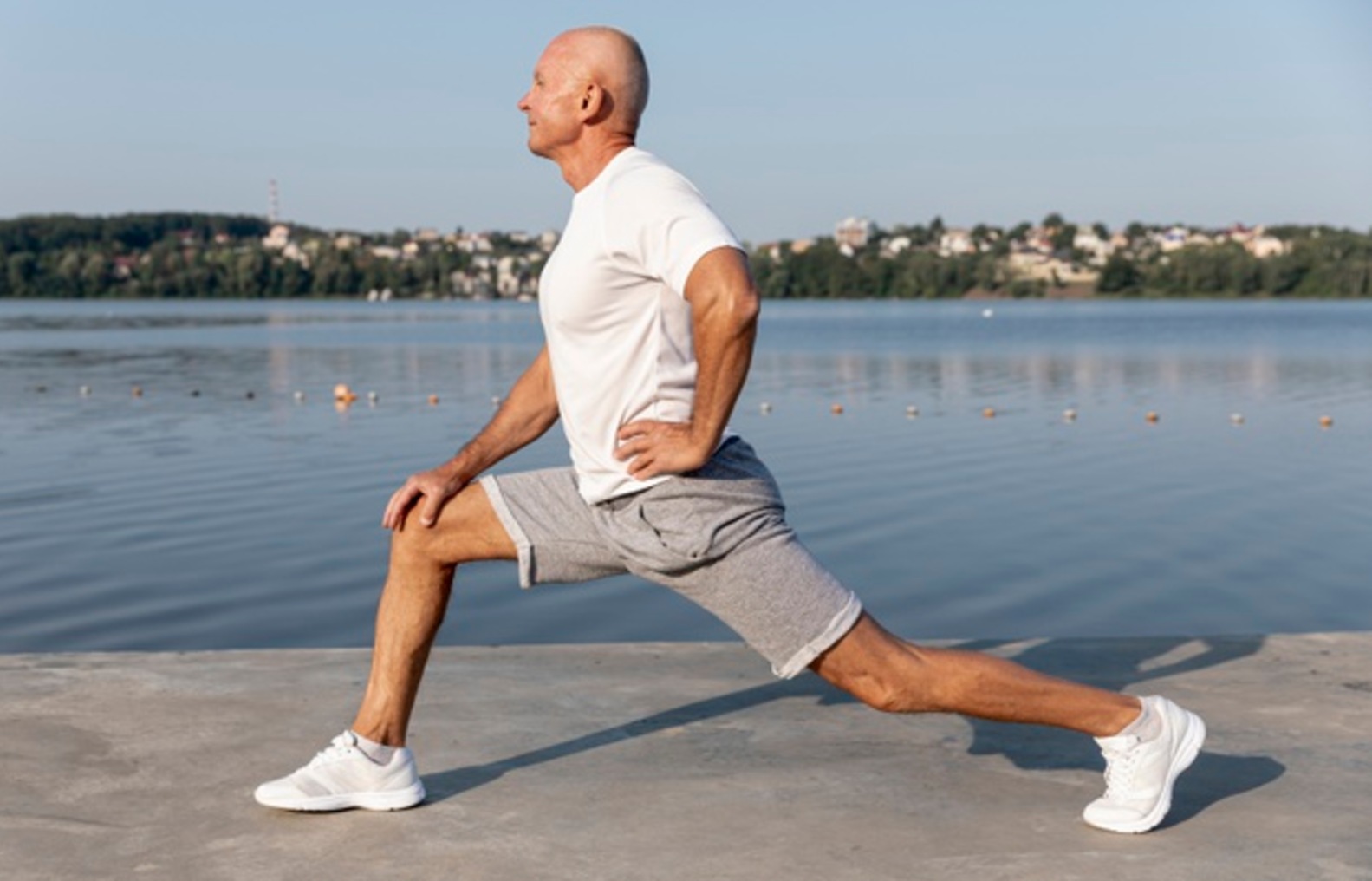Surround yourself with others who are striving for the same goal.

Preparing for program delivery means that there are a few pre-requisite tasks that need to be undertaken. These include:
-
Confirming the program is approved.
-
Confirming the venue and facility requirements.
-
Confirming that access to the venue suits the needs of your clients.

Confirming The Program Is Approved
You will need to have written confirmation from the stakeholders that the program has been approved. This could be anyone who is authorised to approve your program. Often this will be the body who is funding the program but could also be the body that has applied for the funding.
An approving authority or body may include:
-
Local, State or federal government department.
-
Peak fitness body.
-
Community organisation.
-
Statutory authority.
To gain the approval, you will need to show that your community fitness program has:
-
Benefits.
-
Purpose.
-
Aims.
-
Target group.
-
Acceptable program modifications.
-
Equipment requirements and safe usage .
Individual organisations or authorising bodies will have their own procedure on how approval must be applied for and received so applicants should ensure they know and understand this prior to commencing any program.
An example of an approving authority's 'PT in the park' application process can be accessed here.
An example of an approving authority's guidelines for sport and fitness grant applications can be accessed here.
After gaining written approval you will need to arrange a venue for your program.
Confirming The Venue And Facility Requirements;
During the planning stage of a community fitness program you will be required to access and confirm the availability of a chosen venue or facility for the program, as well as resources that will be needed to conduct the program.
Examples of a venue or facility include:
-
Community hall.
-
Council facility, including parks.
-
Fitness centre.
-
Aquatic centre.
Venue hire;
Unless you are employed by an organisation that has its own venue for use, the program coordinator will need to organise the hire of a suitable venue. This will require some research into the possible options and looking at a few key points in determining the suitability of the venue.
The venue will need;
-
It will need to have access that suits the physical needs of the clients.
-
It will need to be within a reasonable distance from clients residence.
-
It will usually need to have public transport or parking facility near by.
-
It will need to have a large enough space to set up equipment.
-
It will need to meet all requirements for the program you are running as per the approval application.
Confirming That Access To The Venue Suits The Clients Needs
How will participants be managed and how do they access your facility? Access by clients could include;
-
Stairs
-
Ramps
-
Lifts
-
Vicinity to public transport
-
Parking
-
Is the venue and entrance easy to locate?
-
Amenities close by.
You will also need to ensure you arrange for resources, equipment etc., and ensure all meets financial budgeting requirements. A program that costs too much to run will never be sustainable.
Resources may include;
-
Facilities.
-
Equipment.
-
Finance.
-
Personnel.
-
Transport and related logistical requirements.
If you do not have the appropriate resources for conducting the program you may find that the quality of the program will suffer, which will lead to participants not having their needs met. It can also lead to safety concerns if less suitable options are chosen for the program.
Other legislative and/or regulatory requirements in regards to community fitness programs that must be followed could include:
-
Work health and safety/occupational health and safety.
-
Duty of care.
-
Privacy/confidentiality.
-
Anti-discrimination.
-
Copyright.
-
Licensing.
-
Child protection.
-
Trade practices.
-
Consumer protection.
-
Environmental.
-
Business registration.
Once you have confirmed access to your venue or facility, and the venue or facility meets the needs and requirements of the clients in accordance with your organisational policies and procedures, legislation and regulatory requirements, you will be ready to commence the delivery of your program.
Remember to;
-
Confirm licensing and provider requirements of the program via approvals.
-
Confirm facility and resource requirements for program delivery.
-
Confirm access to venue or facility meets needs and requirements of clients.
Making sure that when there is a program that is bound to be helpful and beneficial, that there is long-term resourcing to ensure that the program remains available.

An instructional strategy is a plan or recommendation used by the tutor to guide the participant/learner, or adapt the level of challenge during training. Instructional strategy selection may be informed by specific learner states (e.g., affect, performance) and/or learner traits (e.g., goal orientation). Instructional strategies may be developed based on learner information acquired prior to, or at the initiation of instruction or in-situ (based on learner information acquired in real time during instruction).
Instructional strategies incorporate techniques a program instructor uses to enable effective delivery and monitoring of a program.
1. Preparation
-
Preparation of the area(s) to be used for the session.
-
Setting up, function checks and maintenance of required equipment.
2. Risk management
-
Identify, assess and control hazards.
-
Ventilation and climate control of the venue.
-
Hygiene requirements met.
3. Personal presentation
-
Standards of personal presentation met.
-
Language and attitude.
-
Adhering to organisational policies on conduct.
4. Introduction
-
Introduce yourself, the class and participants to each other.
-
Adjust your speaking style and energy to the atmosphere you want to create.
-
Engage the group with strong body language, good articulation and eye contact.
-
Speak confidently.
5. Pre-session screening
Follow pre-exercise health screening guidelines to;
-
Screen clients to ensure they meet eligibility and participation criteria prior to the session.
-
Check that participants have appropriate clothing and footwear for participating in the session.
-
Condition of participants - Medical history, medical clearance, physical ability, recent injury, past physical activity.
Where a client’s answers or results to a pre-exercise screening indicate that they may be at risk, the client must provide evidence from a medical or allied health professional or state in writing, that he or she has received advice from an appropriate health professional to the effect that the client is, in the opinion of the practitioner or health professional, not at risk from participating in the proposed fitness session.
-
Demands on participants - Physical, emotional, psychological and group participation.
-
Individual participant's abilities, likes and dislikes.
How might you assess the condition of participants?
-
Interviews – verbal interviews, where structured questions are asked, are the first step in evaluating your participants condition.
-
Past performances – discussing past performance in fitness activities is also another verbal method of gathering information.
-
Medical history – discussing medical history will give you a good idea of the current condition of the client and will give you valuable information on the types of activities a client can and cannot do.
-
Physical ability tests – physical ability tests will be the most reliable because you can actually see what the client can and cannot do, and therefore, tailor exercises or variations that will meet their requirements.

6. Pre-session instructions
Provide clear, venue and activity specific instruction on;
-
Emergency procedure and rules, including exits, evacuation and first aid.
-
'Housekeeping' rules.
-
Safety.
-
Code of conduct.
-
Complaint procedure.
-
Equipment usage details.
-
Costs and charges (if applicable).
-
An outline of the session.
-
Advice relating to intensity, complexity, outcomes.
-
Q&A session.
7. Demonstration
-
Session level outline and demonstration and explanation of exercises.
-
Demonstration techniques for correct equipment use.
8. Instruction
-
Class organisation and formation.
-
Teaching position.
-
Mirror imaging.
-
Well-timed visual and verbal cueing.
-
Motivational strategies used.
9. Monitoring and observation
-
Exercise intensity.
-
Correct exercise techniques and breathing.
-
Volume of music (if used).
-
Schedule rest and hydration breaks.
-
Provide feedback to motivate/encourage participants.
10. Modify
-
To reduce barriers and create activities that all the participants have the opportunity to partake in.
-
To meet individual clients ability/needs/requirements and address difficulties.
-
To minimise injury risk or other unwanted outcomes.
-
To remain on track to achieve a goal.
11. Respond
-
Answer questions on difficulties clients may have experienced before or during the session.
-
Pain or injury.
-
Activities too hard or too easy.
-
Costs or pricing concerns.
12. Evaluate
-
Seek and acknowledge feedback from participants.
-
Evaluate participant response and feedback.
-
Self evaluate.
-
Update session documentation and maintain records as per organisational policies and procedures.

Preventing injuries during your fitness programs is important for ensuring that your clients are safe. It is a major principle of your duty of care requirements.
There are five key areas that you will need to address to assist with injury prevention. These five areas are known as General Physical Preparedness (GPP), and they are the main concepts behind injury prevention.
-
Flexibility - Help your clients to stretch out their joints and muscles correctly, to help keep them flexible and give them a full range of motion.
-
Strength - Working with your clients on their strength will help to condition their muscles to be more resistant to injuries and avoid falls.
-
Agility - Working on speed and reaction times can help with reacting to situations where an injury may result
-
Balance - Balance is useful in situations where activities will involve uneven terrain or balance-related tasks. Improving balance will help to prevent falls and stumbles.
-
Power - Power is effectively a culmination of the other four areas and pushes them even further; power is usually related to speed.
These GPP areas are for clients who plan to partake in your programs activities regularly and for extended periods of time.
There are some strategies that can be implemented to assist with injury prevention in the short term, such as:
-
Stretches.
-
Warm-ups and cool-downs.
-
Varying the fitness activities.
-
Identifying clients’ trouble areas where injuries will be more frequent.
-
Paying attention to any signs of pain felt.
-
Keeping hydrated.
-
Wearing suitable clothing and footwear.
Practice Good Technique
- No matter what exercise you're performing, learn how to do it safely.
- Don't try to go heavy before you can demonstrate good mechanics.
- Poor technique is one of the most common causes of injury when lifting weights.
Know Your Limits
- Once you have good technique, gradually increase the time or weight of your exercise.
- You can push yourself, but know the difference between discomfort and pain.
- Pushing yourself beyond your limits can lead to injury and won't help you get fit.
Warm Up Properly
- Don't just jump into a high-intensity workout without warming yourself up.
- Perform reps at a low weight, ride the stationary bike, or jog to get the blood moving.
- Cold, stiff muscles are more susceptible to injury than warm, elastic ones.
Take It Slow
- Don't overdo it at first, or injuries could prevent you from maintaining your routine. Especially important if you are new to exercise or returning after a break.
- Understand that intensity varies from person to person, and listen to your body.
Vary Your Workouts
- Performing the same exercise over and over could lead to overuse injuries.
- Change things up and use different machines. Try something new every day.
- Consider weight training, cardio, stretching, and classes to add variety.
Work With A Personal Trainer
- Learn new ways of warming up, stretching, and working out from a pro.
- Your trainer will get to know you and your specific areas that can be improved.
- You'll learn proper technique and how to apply your new skills to your workouts.
ref: www.fitnessevolutionsilverspring.com


